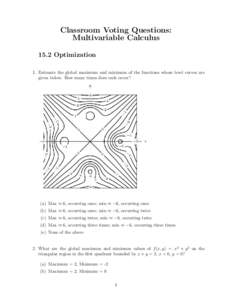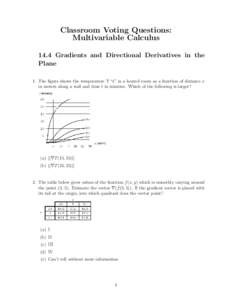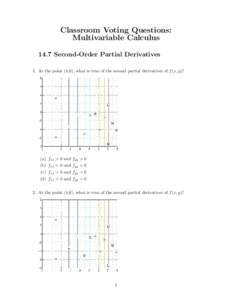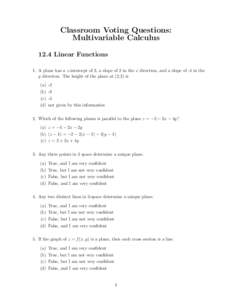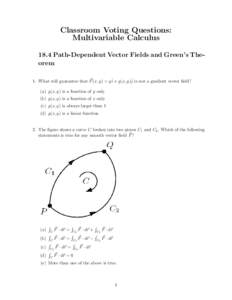<--- Back to Details
| First Page | Document Content | |
|---|---|---|
 Date: 2015-05-05 10:33:25Operator theory Functional analysis Spectral theory Multivariable calculus Partial differential equation Distribution Hilbert space Heat equation Theorems and definitions in linear algebra Mathematical analysis Mathematics Calculus |
Add to Reading List |
 Proof by bootstrapping Jordan Bell Department of Mathematics, University of Toronto May 4, 2015 The Oxford English Dictionary defines “to bootstrap” as the following:
Proof by bootstrapping Jordan Bell Department of Mathematics, University of Toronto May 4, 2015 The Oxford English Dictionary defines “to bootstrap” as the following: